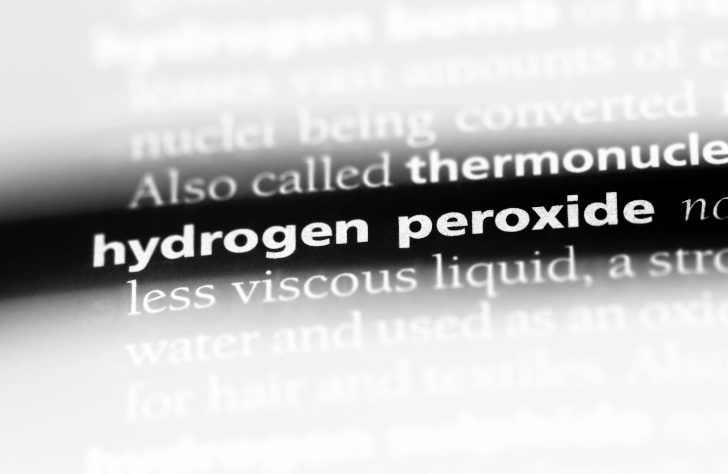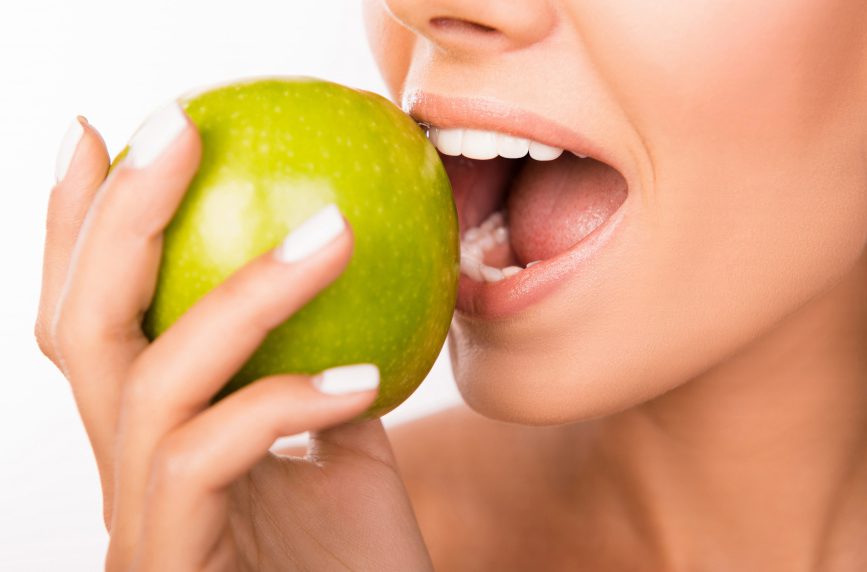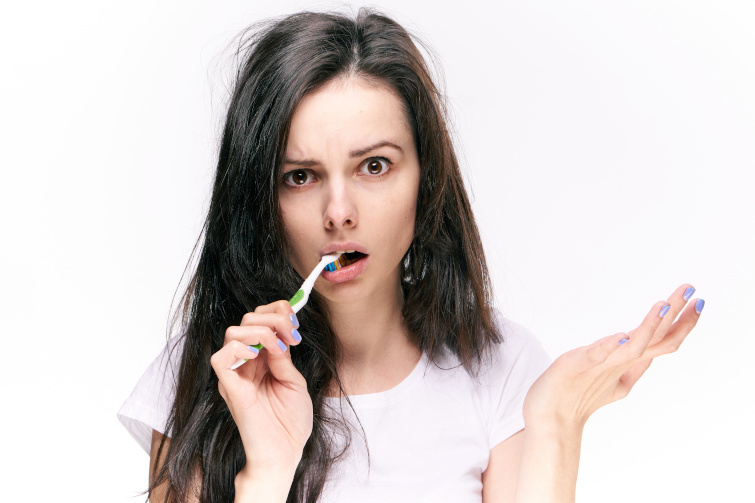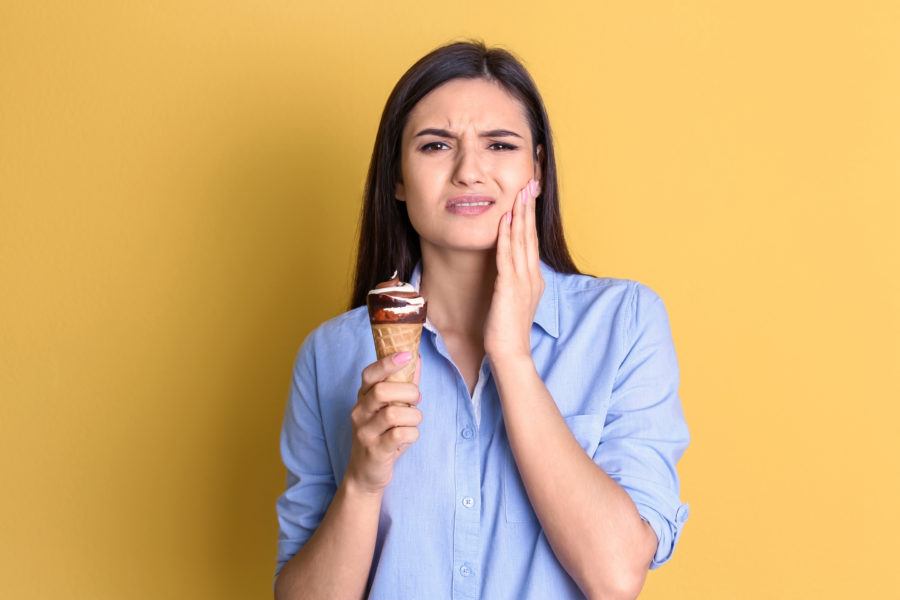Tooth Whitening – From Urine to Non-peroxide Gels
Tooth Whitening – From Urine to Non-peroxide Gels
When most people think of tooth whitening the first thing that comes to their mind is probably peroxide, commonly known as bleach. “Crazy” Americans started to use this chemical agent to make people’s teeth look whiter back in the 80s. And even though there seems to be nothing more American than white teeth, Americans didn’t actually invent tooth whitening.
For thousands of years many cultures have regarded white teeth as a symbol of health and wealth and have gone to great lengths to achieve a bright smile, even though some of these whitening practices were questionable, dangerous or disgusting. Let’s go back to that ancient era and explore the whitening practices and remedies used in those old days. Get ready for some surprising facts!
Ancient Egypt
Ancient Egyptians were obsessed with the concept of eternal health and beauty and considered white teeth as a symbol of virility, wealth and sensuous appeal. In fact, teeth whitening was a common practice among higher-ranking individuals, and Egyptians developed the world’s first tooth whitening system: a whitening paste consisting of a mixture of ground pumice stone and white vinegar, that was applied to the teeth using the end of a frayed stick.
Ancient Rome
Ancient Romans were also beauty-conscious and regarded white teeth as a mark of beauty and a sign of wealth. While for oral hygiene they used a special type of chew sticks to brush their teeth and keep them plaque free, to whiten their teeth they used a blend of stale urine with goat milk. As gross as it may sound, this was in fact a very sensible practice since, as we now know, urine contains significant amounts of ammonia, which acts as a natural bleaching agent due to its acidity.
The Renaissance
During the 17th century, local barbers acted both as a barber and as a dentist, even though they had no formal medical training. In order to whiten people’s teeth they would file down the teeth of their “patients” using a metal file and then dab nitric acid, a highly-corrosive acid, on the teeth to make them whiter. While this method did effectively whiten the teeth temporarily, nitric acid eroded the enamel and soon resulted in tooth decay.
19th Century
During the 1800s dentists experimented with chemical compounds such as oxalic acid, chlorine, calcium hypochlorite or pyrozone as bleaching agents and kept looking for the perfect tooth whitener.
20th Century
In the early 1900s the use of hydrogen peroxide made its debut. While looking for a way to treat gum disease, dentists discovered that hydrogen peroxide was not only effective at improving gingival health, but also an effective tooth whitener.
By 1918 they also found out that the use of a heated light source in conjunction with hydrogen peroxide lead to even better whitening results and this method became the industry standard until 1960, when a dentist from Arkansas called William Klusmeier introduced the first bleaching trays.
Dr. Klusmeier instructed his patients to use an oral antiseptic to treat the gums overnight, using custom-fitting mouth trays. He found that the long exposure to this antiseptic – which contained carbamide peroxide – not only improved the gingival health of his patients, but also made their teeth significantly whiter. However, even though he presented his accidental findings at various dental meetings, it wasn’t until 1989, when researchers Haywood and Heymann published an article that supported his method, that tray tooth bleaching really took off.
Present Time
And here we are today. Thankfully, we have come a long way and we no longer use whitening methods that involve urine, vinegar, twigs or corrosive acids!
While peroxide is still the main choice among dentists, the tooth whitening industry has exploded with non-peroxide products for home use that are both safe and effective.
GlamWhite has been a leading brand in the teeth whitening industry since 2008 and offers a great variety of home whitening products that can make teeth up to 7 shades whiter in just one session, without causing any pain or sensitivity. Nothing could be more rewarding for us than helping our customers continue to seek the perfect white smile for many generations to come.
Tooth Whitening – From Urine to Non-peroxide Gels Read More »





